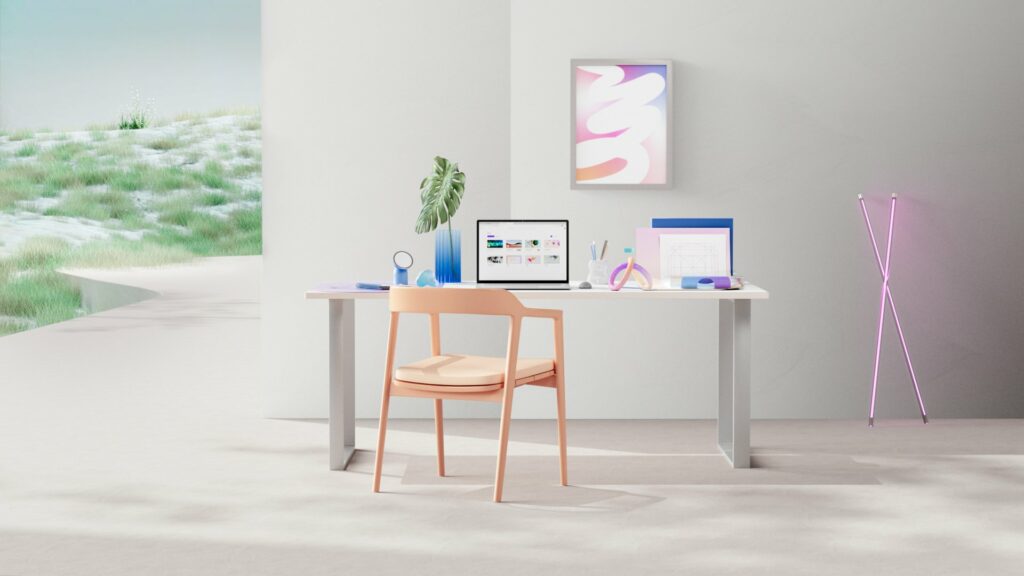
Future of Productivity experiences
Experiences powered
by AI + ML
Surface and Windows are brands that can be uniquely positioned to deliver breakthrough productivity experiences through the power of advanced sensors, artificial intelligence and machine learning. These experiences can together stitch the physical with the digital in ways never before imagined, and can offer experiences that augment, amplify, and stimulate humans to flourish.
The world is poised for a breakthrough in this next age of computing with the assets that the top technology companies and emerging start ups are developing. The role of AI, ML, quantum computing and cloud all come together in a future story of innovation in products and services that light up experiences, and that bring both our physical & digital worlds closer together.
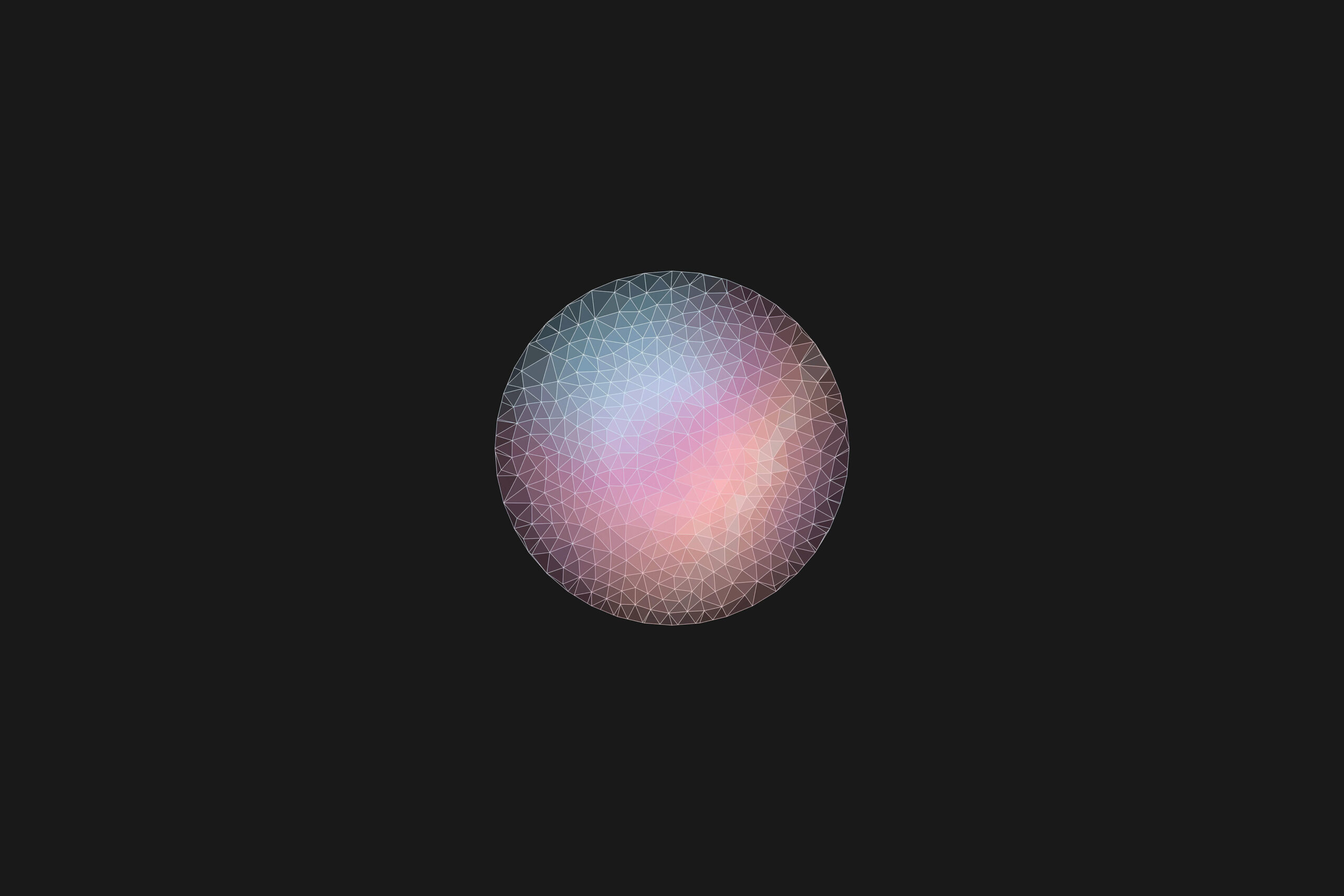
Human abilities
We support the notion of human centered artificial
intelligence, where technology works to extend and
augment the physical and cognitive abilities of human
users. What will it mean to be human in the age of
artificial intelligence? And why is the sensor story so
important?
Sensor technology (as embedded, wearable, and distributed systems) drive the new disruptive experience that will advance us in cloud computing and human computer interaction. Our technology today is enhancing people’s lives and our technology tomorrow will enable humans to flourish.
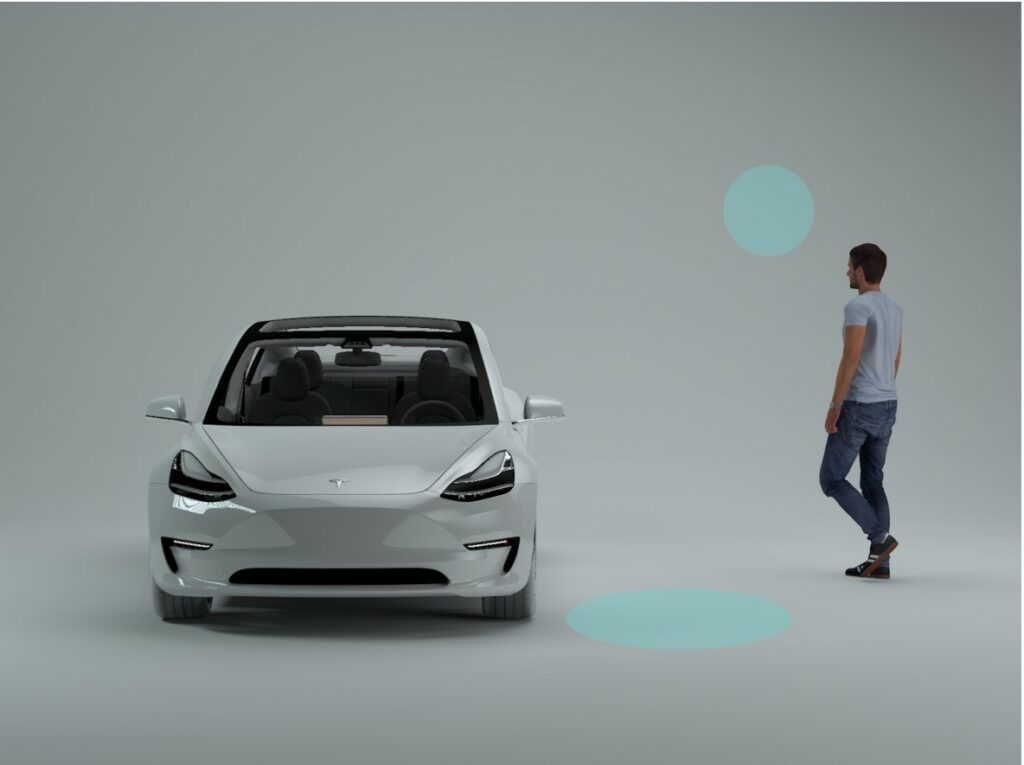
Beautiful Transitions
Seamless experiences should allow for transitions from wearable devices to a connected car. This transition should hydrate more robust productivity experiences that truly translate across the flow of your day.
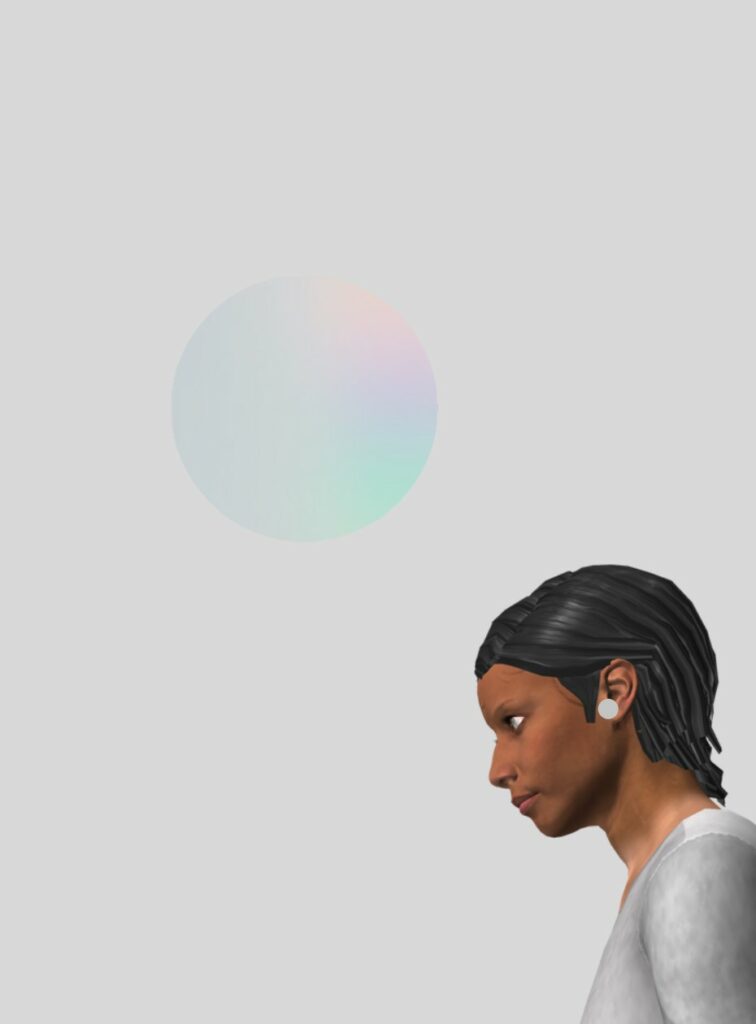
The Intelligent Edge
Experiences that are accessible on the go, in the office and in remote collaboration scenarios. The rich complex digital objects that exist in future technology OS’s will allow for tailored end user scenarios that are powered by cloud computing and machine learning.
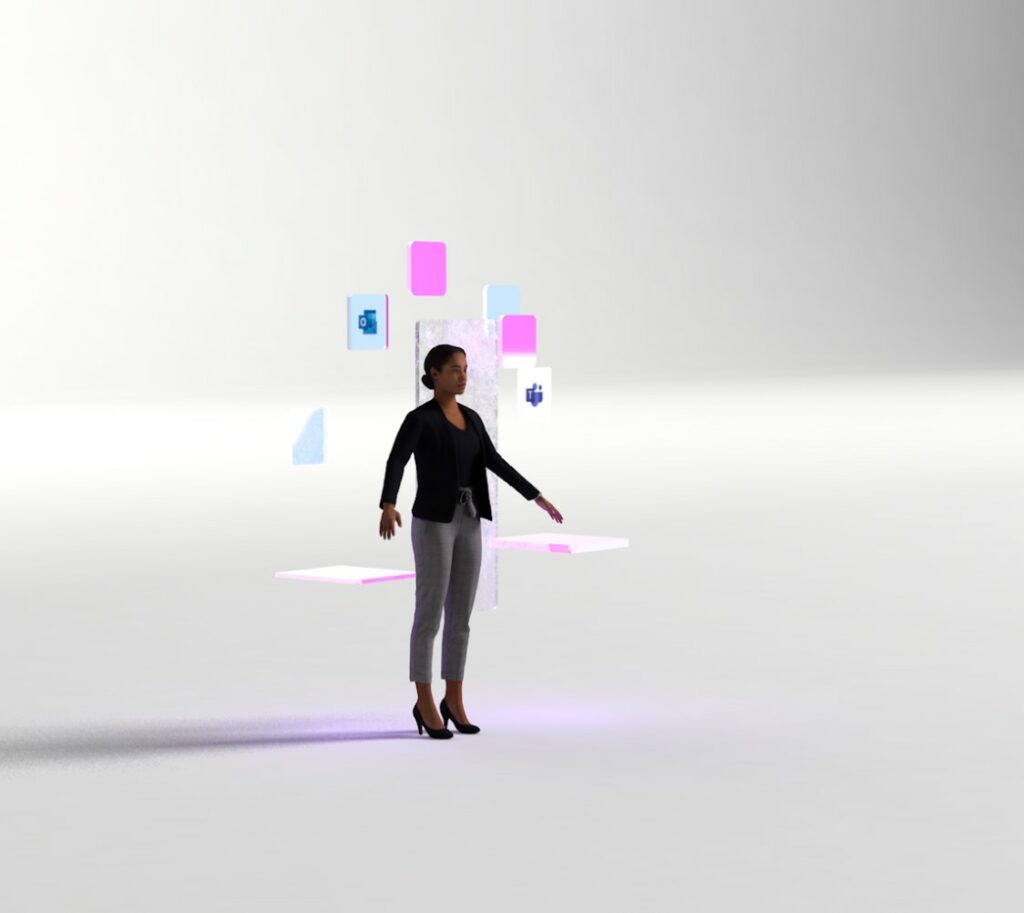
Shifting Cognitive States
Devices should intelligently adapt to our shifting
cognitive states. These devices and experiences are
minimal and optimized to celebrate placing the
human ahead of the technology. An intelligent
agent helps to navigate peaks of high focus and
moments of recovery and reflection.
Designing for multiple cognitive states
With the proliferation of technology and ubiquitous
computing, it becomes more and more important that
technology is designed and tuned to be invisible.
We can lead the future by crafting our products
so that they work together as an intelligent and
connected suite of devices and services. In so
doing, we can hope to build a truly ambient set
of edge experiences
Building an experience that elegantly scales across from discrete computing to immersive computing will bring to life amazing possibilities in navigation, mobility, productivity and human connectedness. As we evolve our core priorities, designing products that are beneficial for the spectrum of being human and the spectrum of productivity contexts presents an incredible leap for future humans. The great responsibility we have is to deliver a trusted set of experiences, through adaptive technology that places humans at the center of advanced computing.
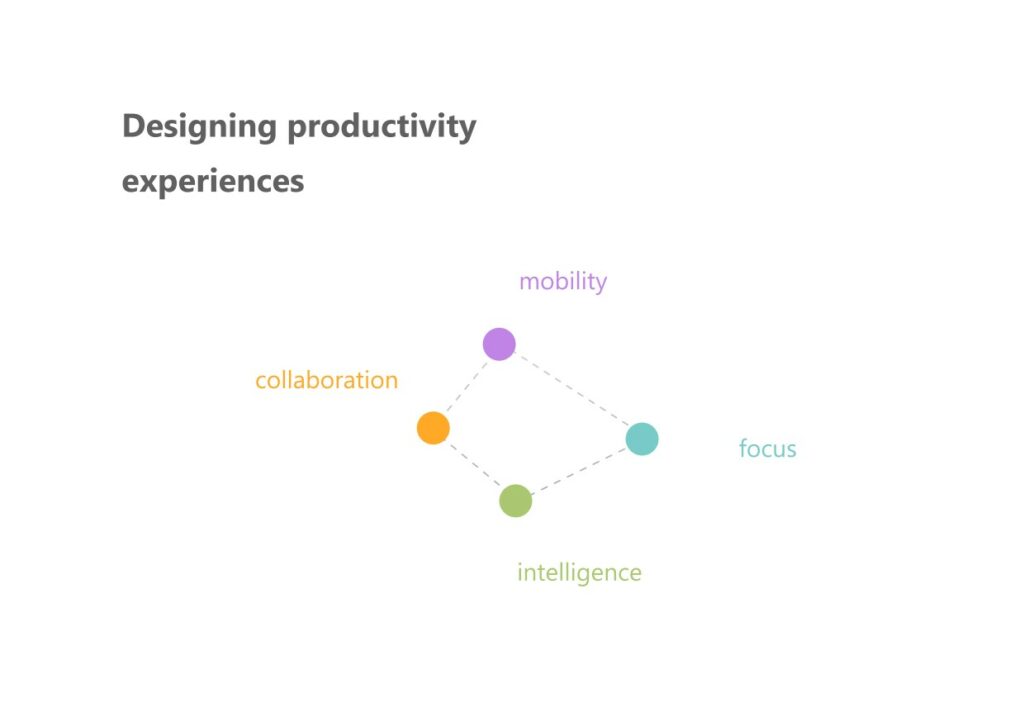
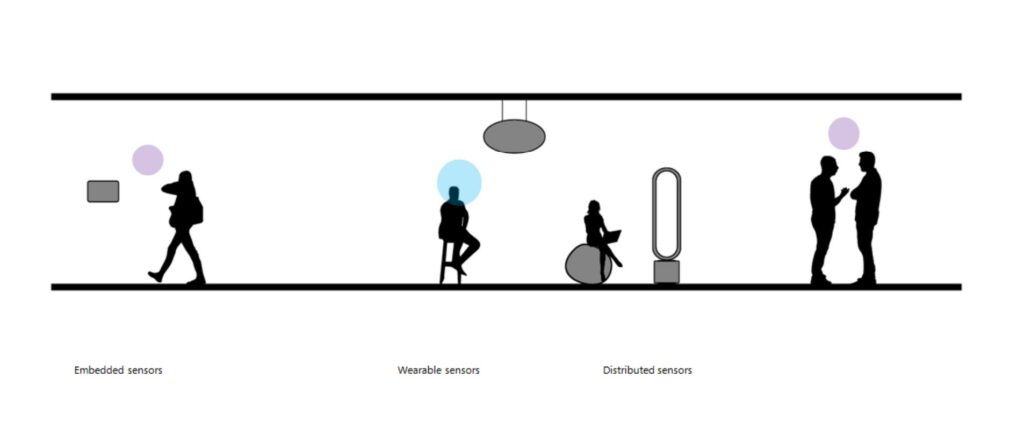
In the future, the primary productivity and most personal computing
device will be a smartphone. As cloud computing takes over, the age
of personal computers will be replaced by ambient computing
surfaces and technologies embedded in transparent displays,
translucent displays, heads up displays and no displays at all, as we
usher in the age of augmented, virtual, mixed and all extended
realities (AR, VR, MR, XR).
Beyond cloud
As cloud compute expands our horizons in the experiences that we can offer, our personal mobile devices must leverage a compute experience where the OS evolves into a cloud client and compute hardware is virtualized. As advancements in display technology take us from OLED to Micro-LEDs and beyond, the notion of displayless computing, where virtual displays and holographic forms become the main visual layers of compute experiences, is an exciting next step in making the whole environment around us a potential computing surface.
The phone or a connected wearable device becomes our main computer, and these new substrates for future personal computing will require the cloud to deliver robust ubiquitous experiences. In this future, sensors are the enablers for the most personalized, relevant, and productive user experiences.

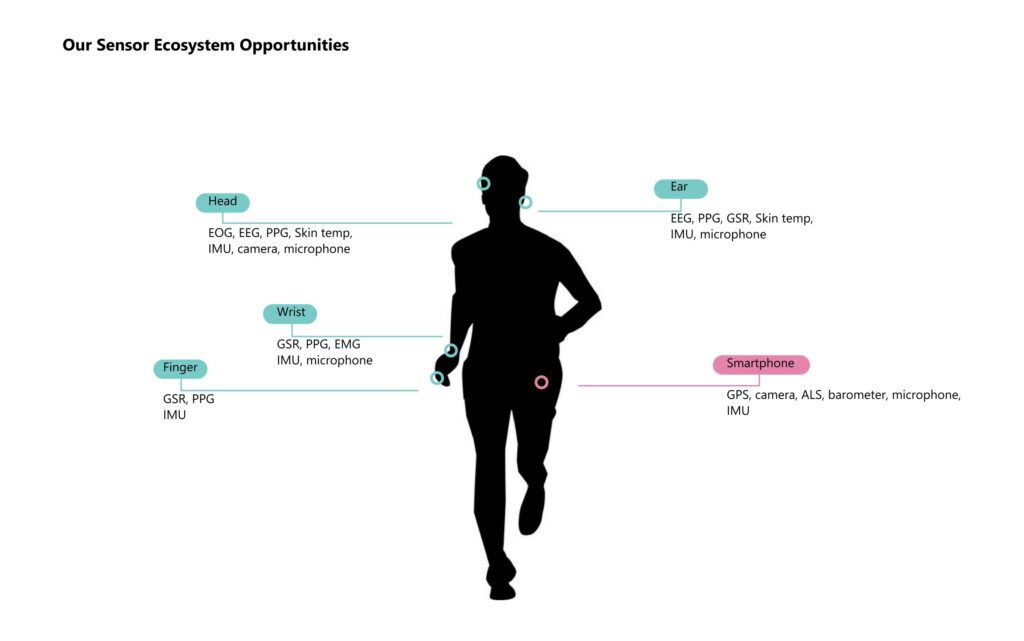
The body becomes prime real estate as a computational surface. Our strategy as we enable future experiences should consider the role of ambient wearable devices, their appropriateness and their relevance in people’s everyday lives.
A Systems Approach
As we think about building out the sensor ecosystem it is important to frame our experience-led products as existing on a continuum, where sensor technology advances on three fronts: low power, miniaturization and sensor fusion. By applying our expertise in human factors, applied sciences, hardware / software integration, we can develop an ecosystem that meets the opportunity with breakthrough form factors that propel us into everyday experiences in what Max Tegman calls Life 3.0.

AI + ML
The role of artificial intelligence, machine learning and quantum computing will enable Microsoft as a brand to come out first in providing customers with robust and trustworthy experiences. If we commit ourselves to delivering products that leverage biometric awareness, cloud computing and an intelligent agent, we can offer our customers a family of productivity experiences that learns you over time through AI + ML. These experiences will bring freedom to engage with technology on a stage where human abilities can shine.
The beauty of sensors is that they can be discrete or celebrated, and they offer the ultimate in natural human expression. Sensors allow our gestures, how we look or feel to unlock something responsive and meaningful within a smart system.
Designing our products with a unified and universal set of sensors (as a common language) and expression (through material, digital and auditory experiences) builds a deeper, more complex, but intuitive, bond between humans and technology – a bond that elevates our humanness in our daily lives.
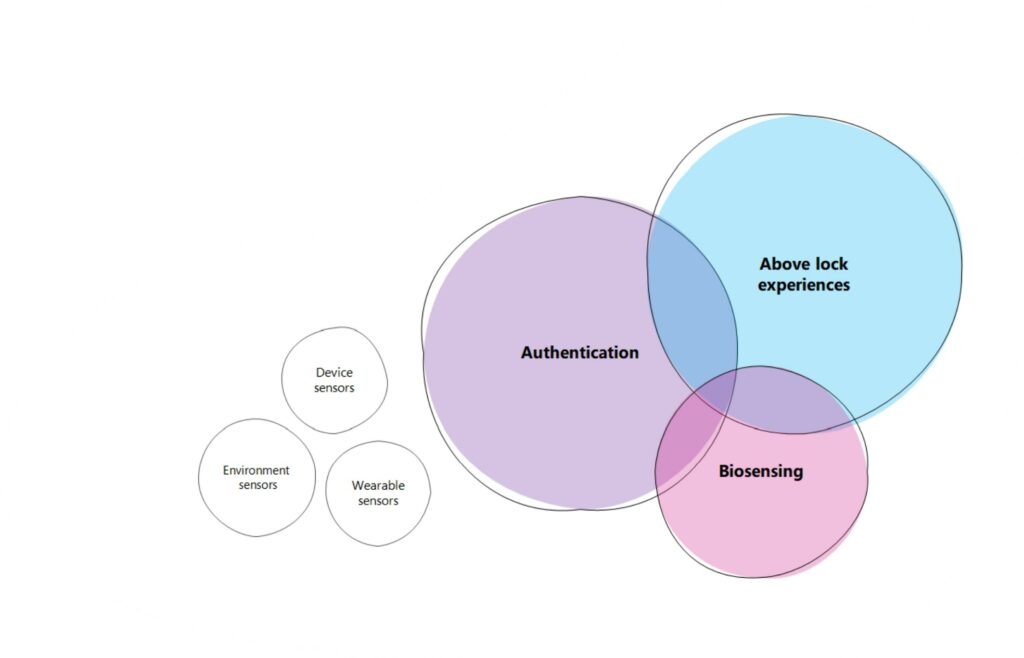
Displays play a large role in today’s world. Voice, biosensing and cognition will play an even bigger role for us tomorrow. Our sensor story and technology bets will allow us to invest in experiences that combine the power of wearable sensors, environment sensors and device sensors. These interwoven sensor inputs will bring to life some amazing experiences that first tackle the notion of access through: authentication. Then after a secure and trusted connection has been established, the above lock experiences, together with AI assistance from our biosensing technology, can begin to create something really personal, beautiful and intelligent.
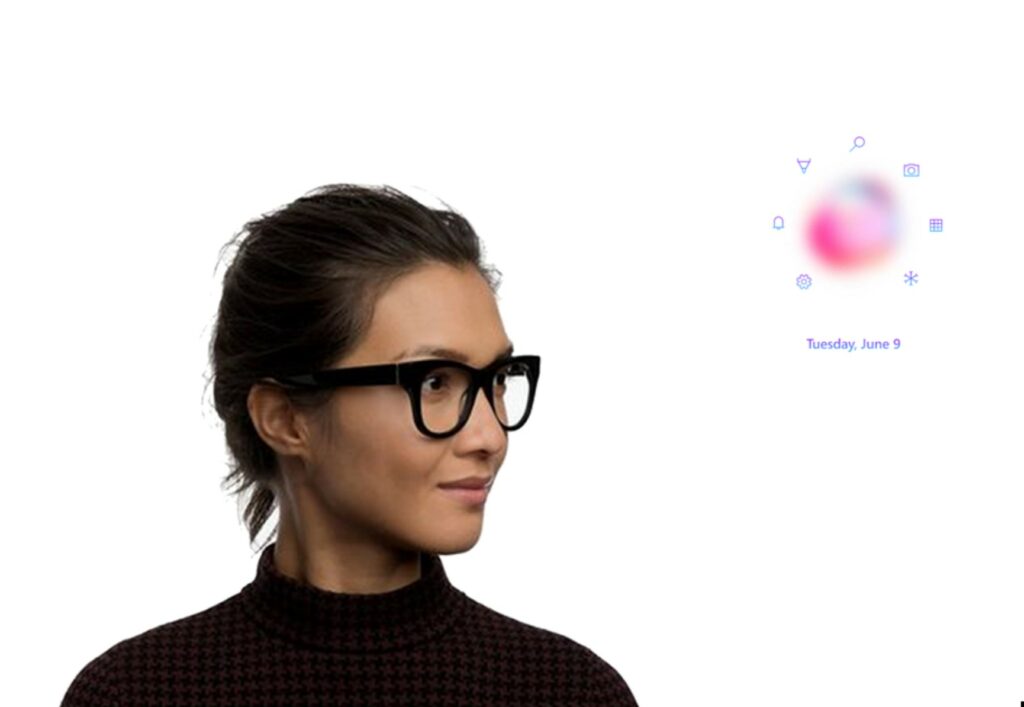
A Sensory Digital World
Wearable devices will bring us into the next evolution in personal computing. Enriching our digital experiences through biosensing, natural gestures and voice, we will find a new intimate space to interact with what’s most important to us in our daily workflows and human to human interactions. Sensory user experiences will become a staple in how we consume content, collaborate and connect with our world.
Augmentation
When we ask ourselves, what will be the most powerful augmented reality family of devices? The answer is clear that VR, AR, AA can produce a class of new intelligent experiences. The augmentation layer comes from what we know about you through the family of products and experiences you engage with, and embraces the idea of smart – smart materials, smart sensors, smart assistance. As future humans aspire to attain that status of “augmented self,” bio-sensing shifts into bio-feedback. In this new era, if we do things right, technology will empower you as an end user and allow you to know thyself, heal thyself, balance thyself and optimize thyself through rich interactive moments and intelligent insights.
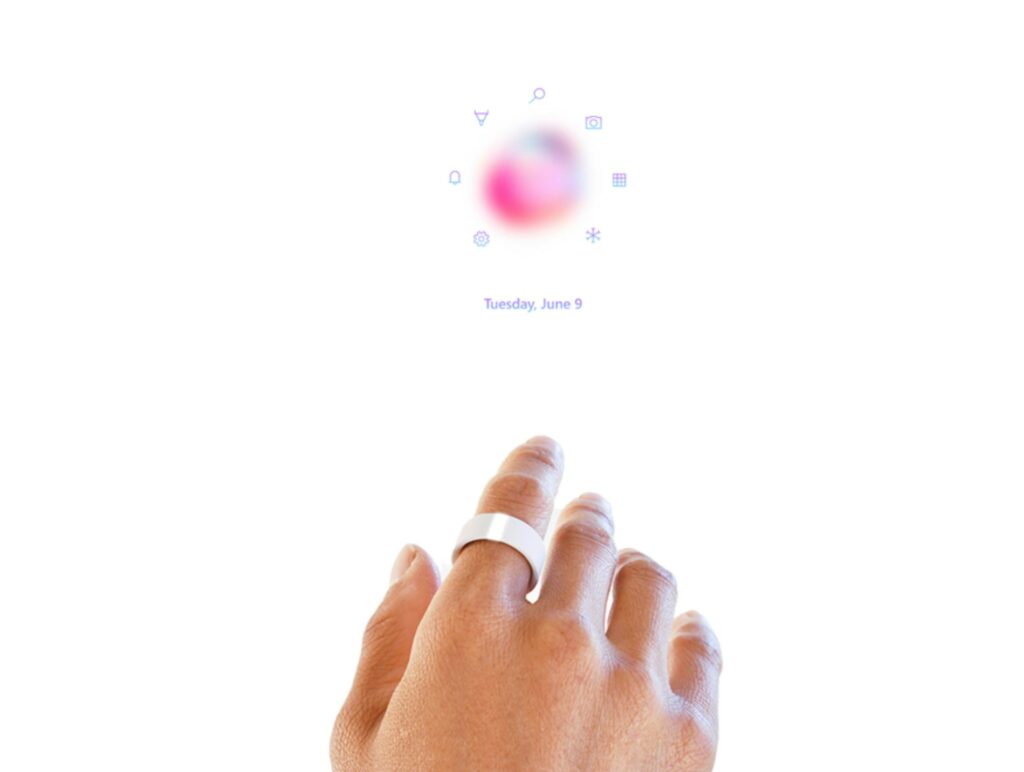
Pulse by Electrifoxy http://www.electricfoxy.com/pulse
Hologram by Microsoft HoloLens
c. 2022
Tsitsi Kolawole
